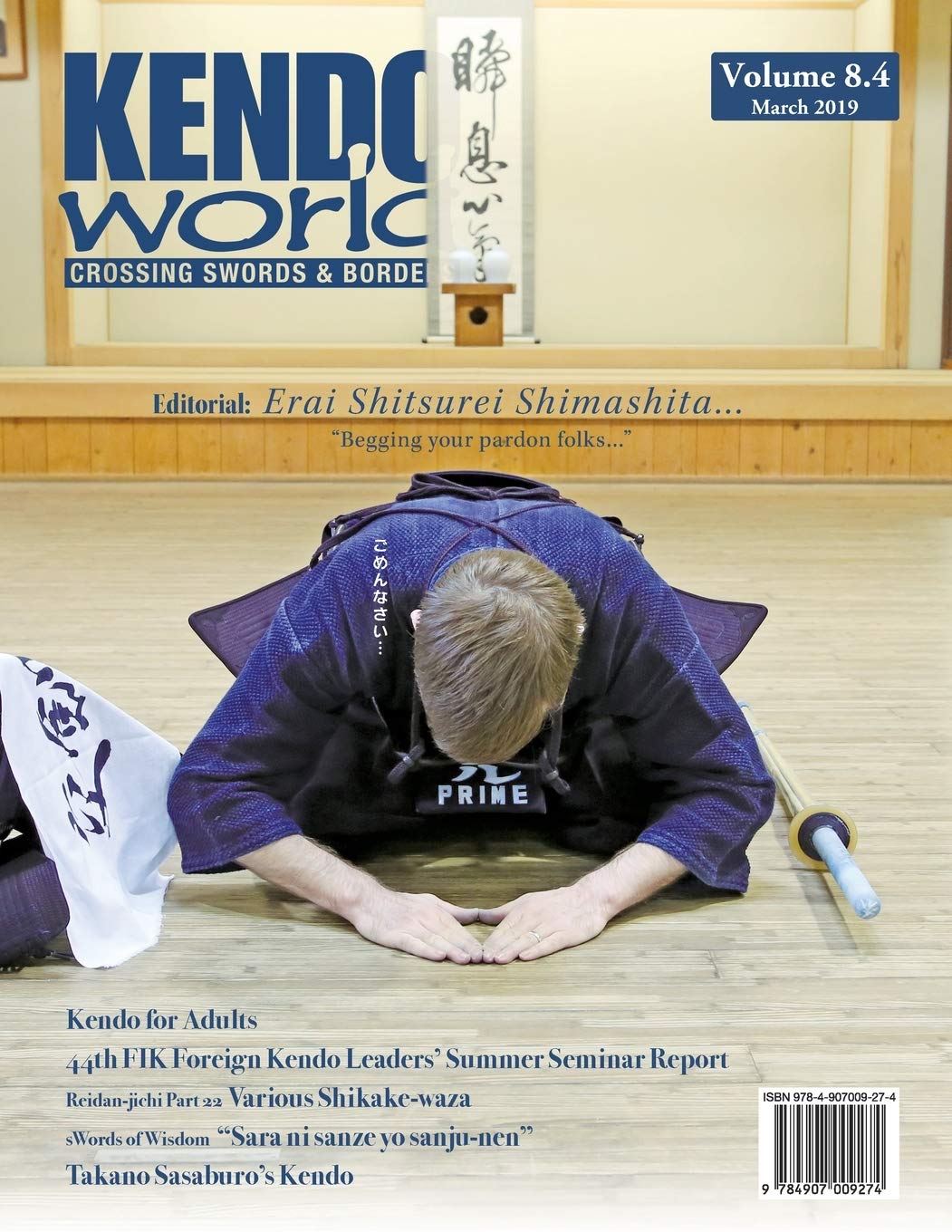
Kendo World 8.4
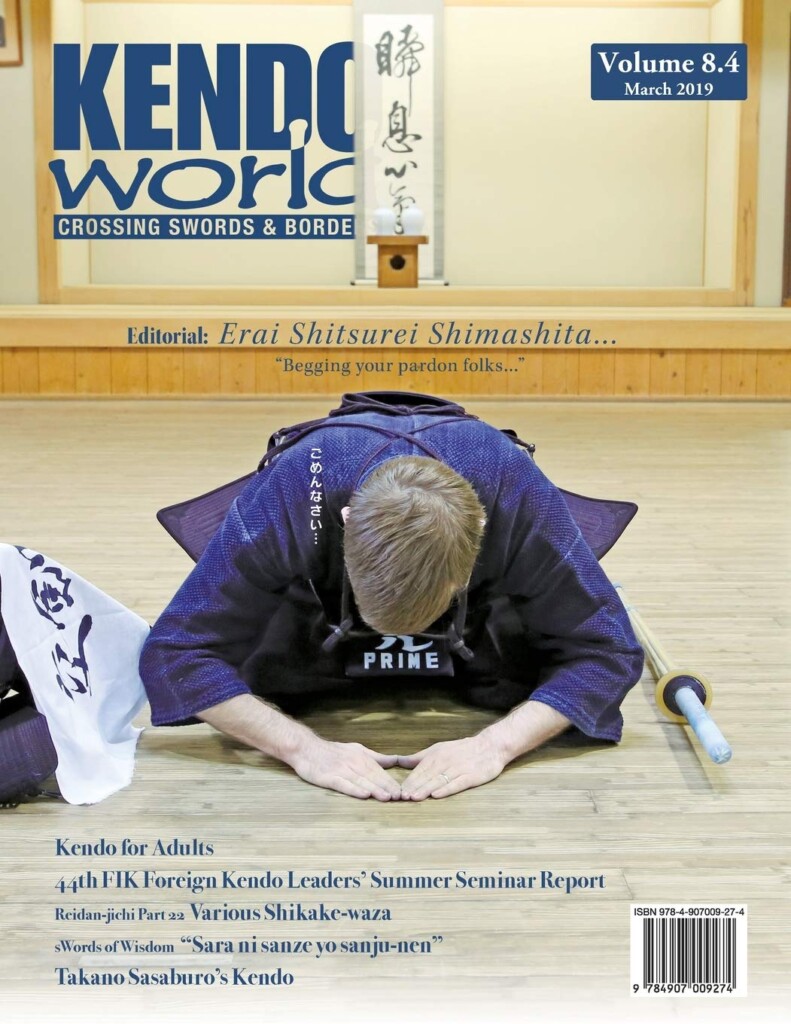
Editorial
By Alex Bennett
“Erai shitsurei shimashita. That’s Kansai dialect for, “Begging your pardon folks…” It has been quite some time since the last issue of Kendo World. The blame rests solely on my shoulders. The past 18 months or so have been characterised by life sort of getting in the way. But KW is back, and we are on the verge of taking it to new heights.”
Alex also discusses the recent iaido grading scandal and the WKC in Korea.
Uncle Kotay’s Kendo Korner
Kendo sage Uncle Kotay dishes out his inimitable brand of wisdom on the adage “katte-utsu”, or “win and then strike”.
Kendo and the Human Condition
By HoJun Yoo
This article is the winner of the “Kendo World / Shogun Kendogu Blue Label Article Competition”.
“Feeling utterly broken, I sit on the edge of my bed, surrounded by the suffocating darkness and silence. The clock reads four in the afternoon, and the winter sun should be about to set soon, but I can only guess. I haven’t been outside in over a week. Looking around the spartan room, I feel utterly detached, though the detachment is better than the usual crushing sense of self-loathing, panic, and anxiety. It is as close to relief as I can get.”
HoJun Yoo discusses how kendo is helping him with his mental wellbeing.
Kendo: Part 4
By Takano Sasaburo
Translated by Alex Bennett
The final section of Chapter 3 discusses kata.
“Kata forms were created by selecting the most fundamental techniques in kendo. Through studying kata, students develop good posture, hone their power of observation, fix bad technical habits, learn the correct cutting angle of the blade, become more agile and lighter in action, develop precise striking technique, understand correct distancing (maai), improve temperament, and augment a strong spirit (kiai). It is for these reasons that kata practice is veryimportant.”
Hagakure: Part 6
By Alex Bennett
In this installment, we are warned of the dangers of drinking too much… [Good luck paying attention to this one…]
Kitamoto 2017 Report
By Steven Hsueh and Zia Uddin
Steven Hsueh and Zia Uddin were the U.S. representatives at the 44th Foreign Kendo Leaders’ Summer Seminar in Saitama in July 2017. Here they discuss the aims and objectives of the seminar, what they learnt, and the training.
and more….
AVAILABLE IN PRINT AND ON THE BUDO BOOKS APP IN E-BOOK FORMAT! SEE THE LINKS BELOW!!







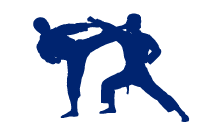

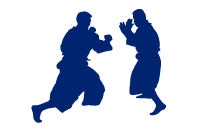
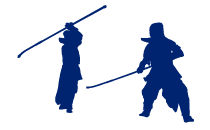
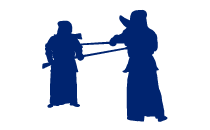


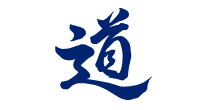



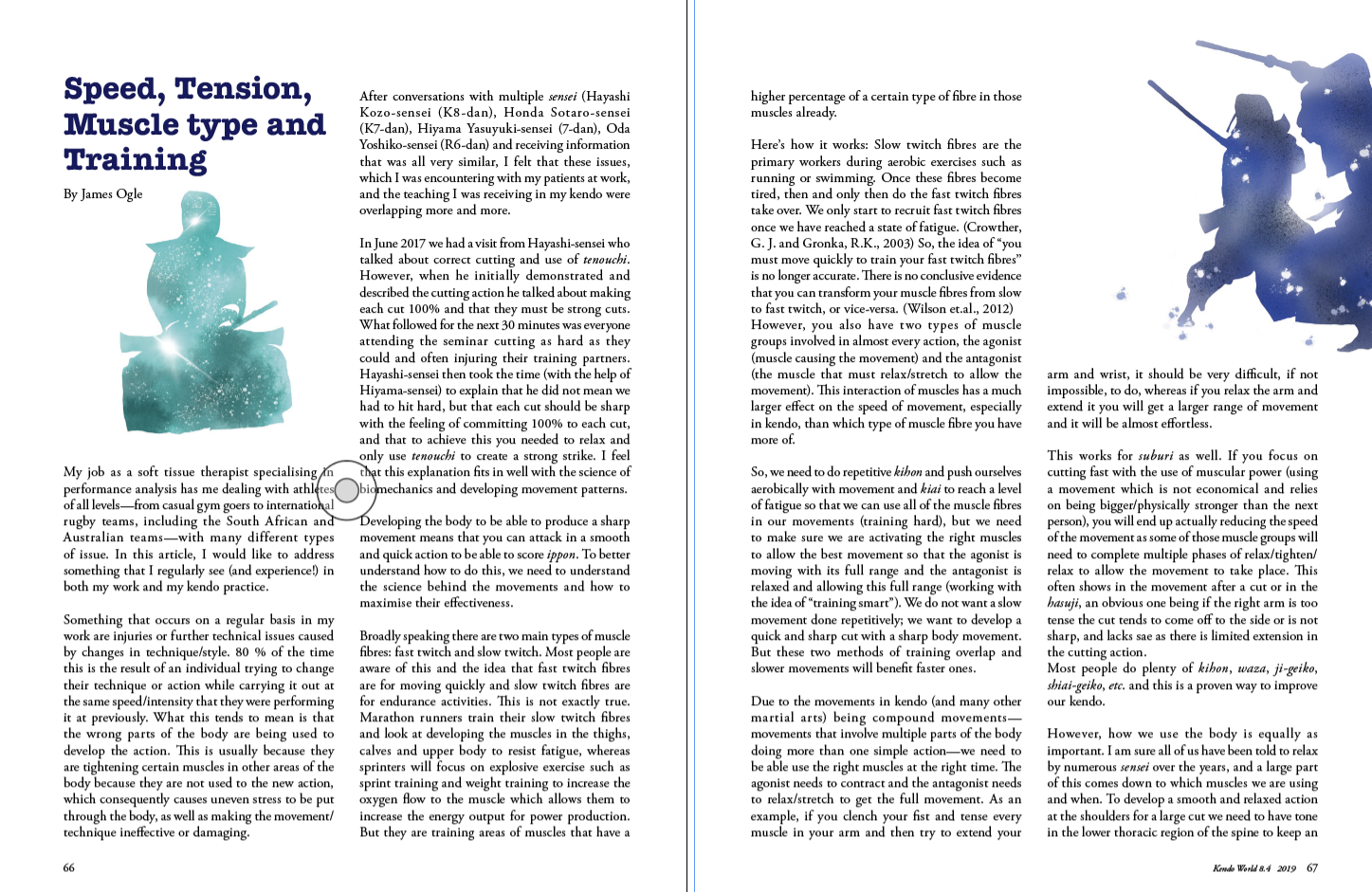
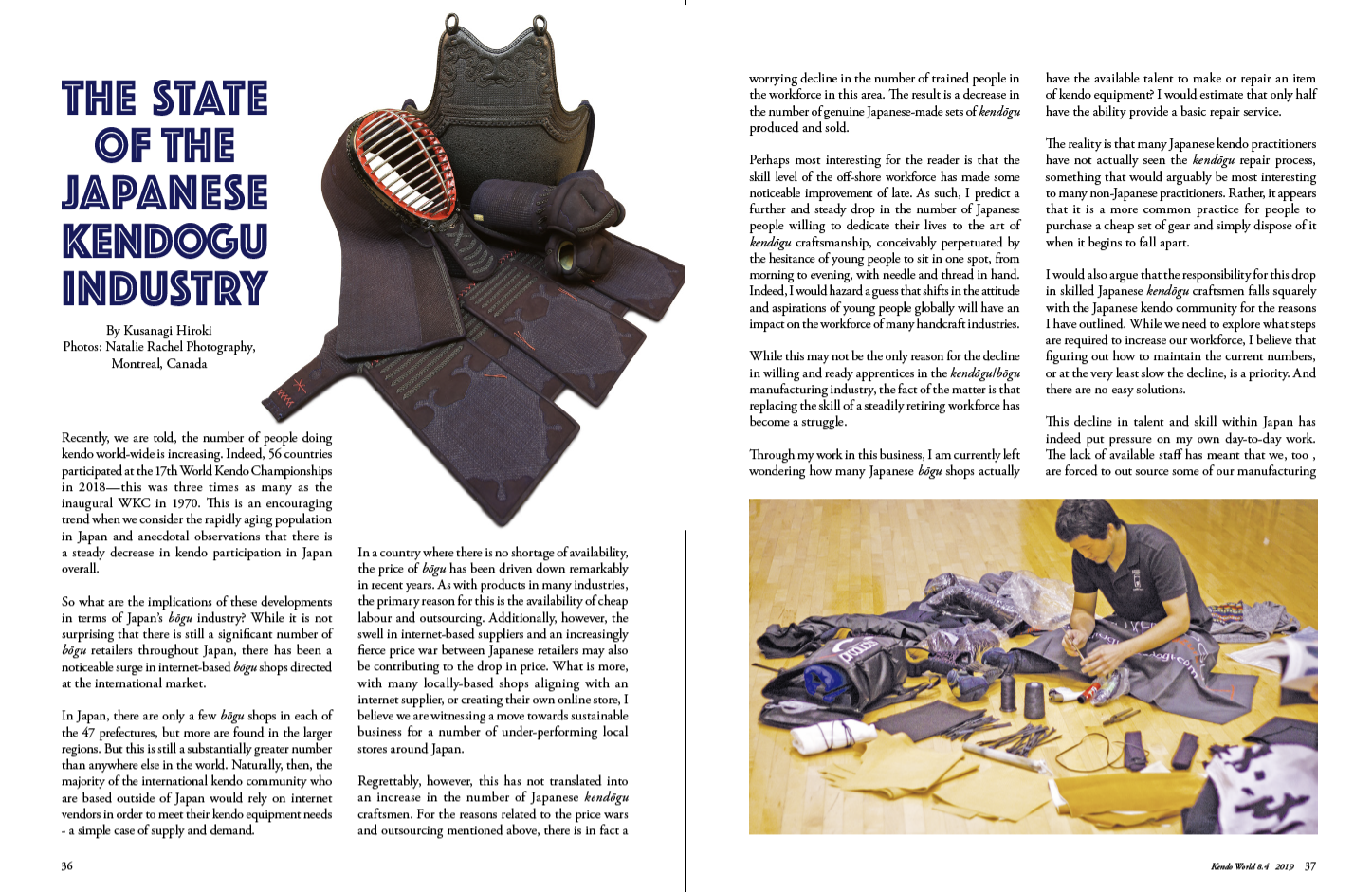
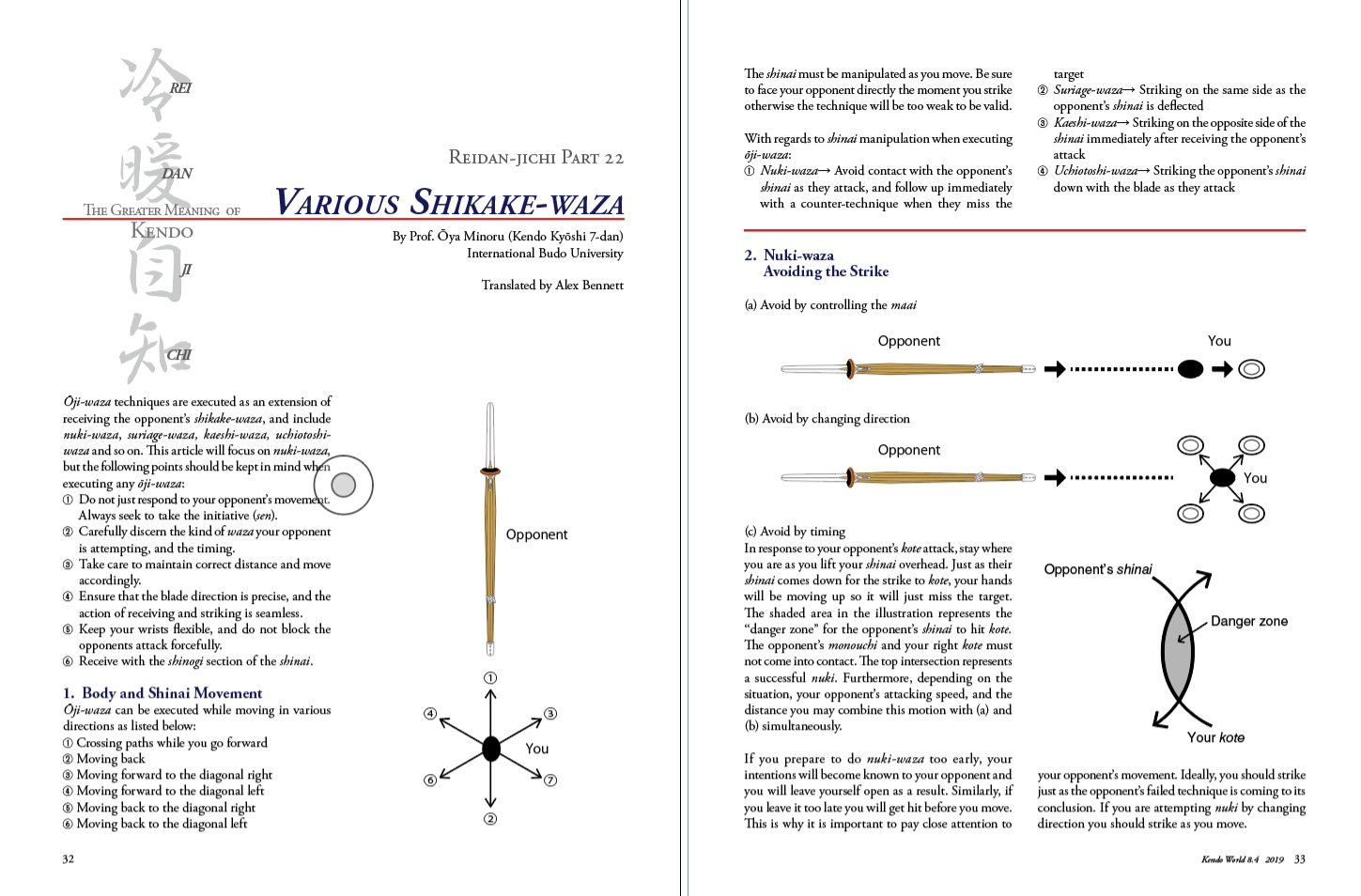
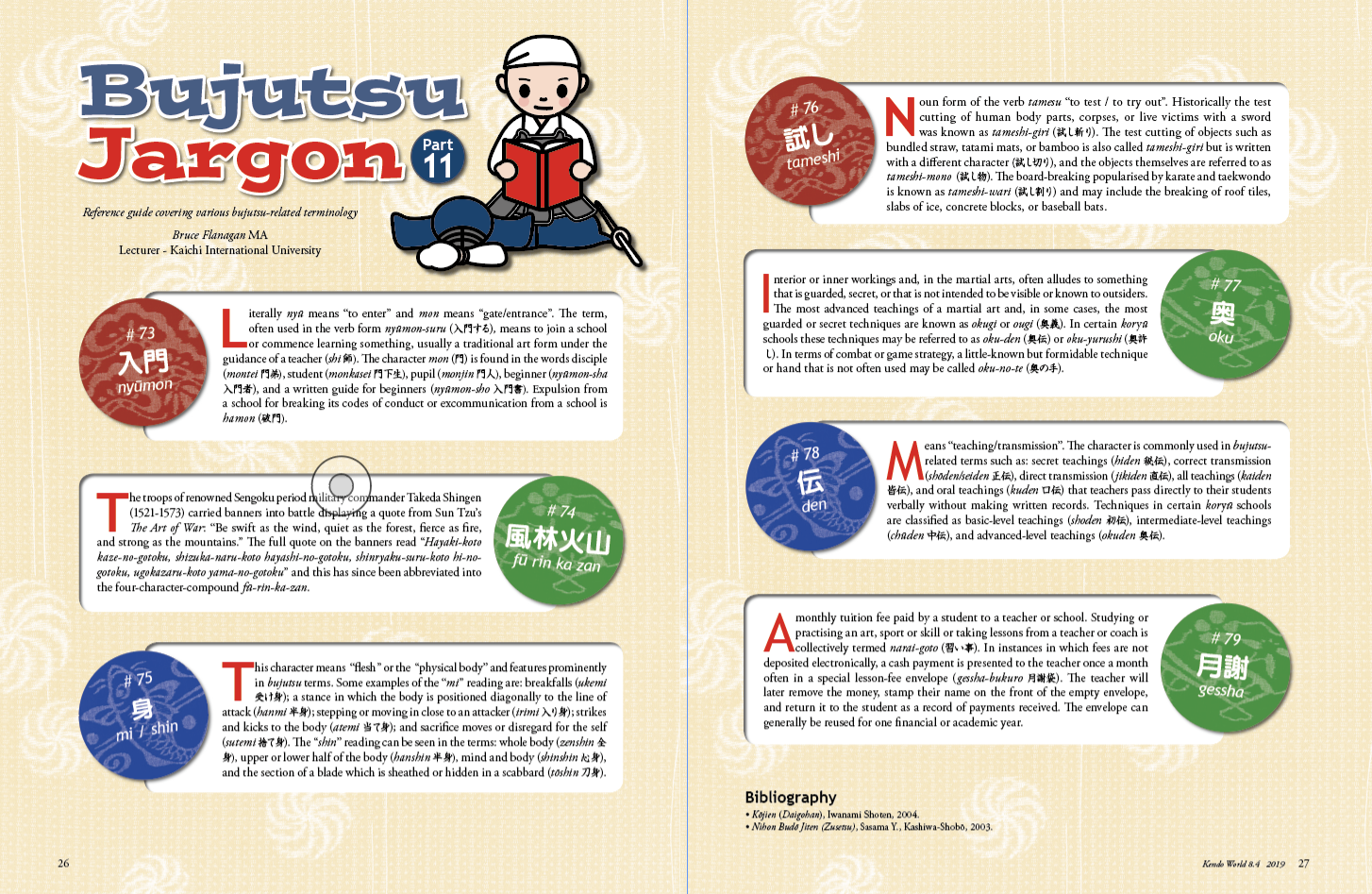
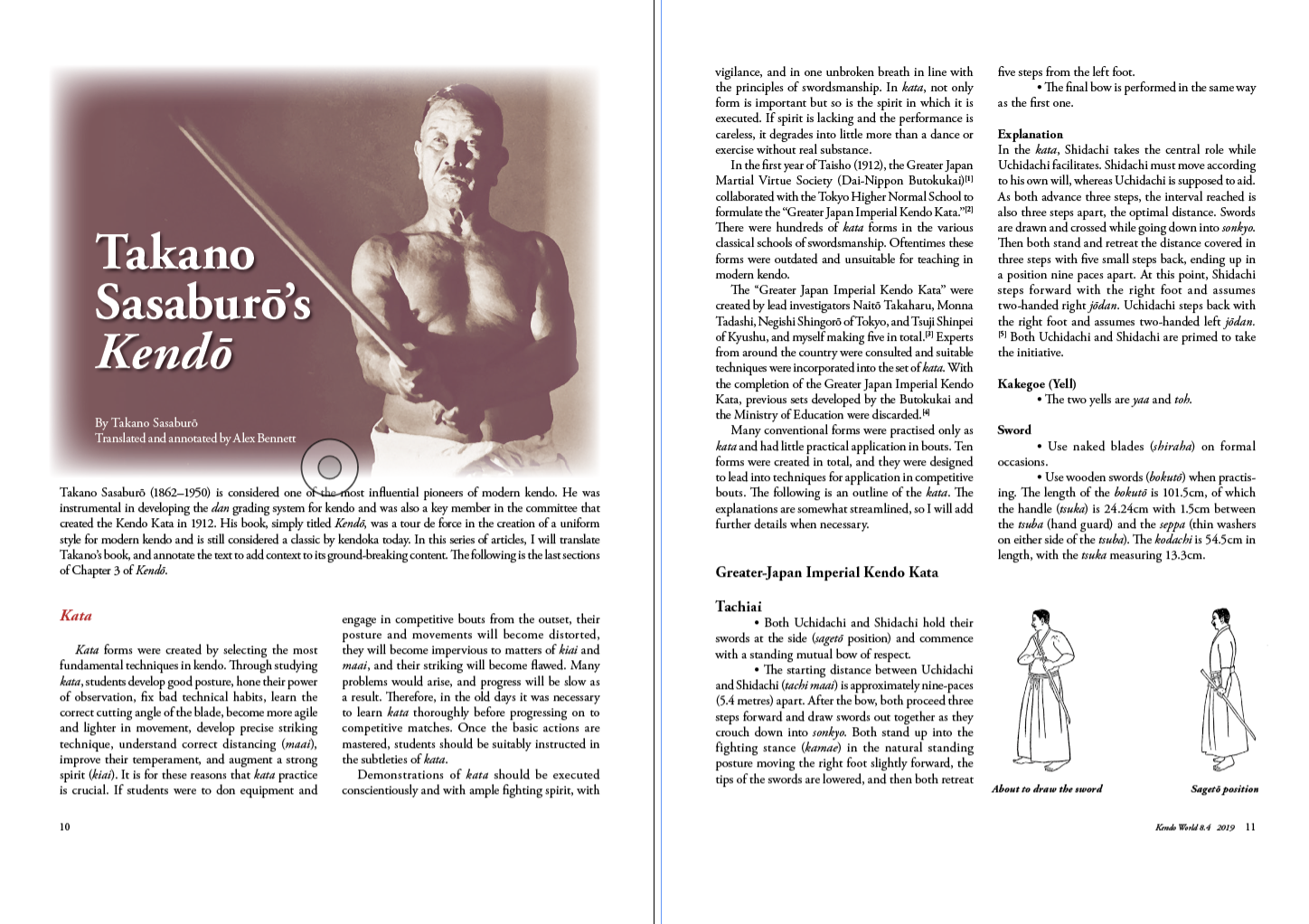
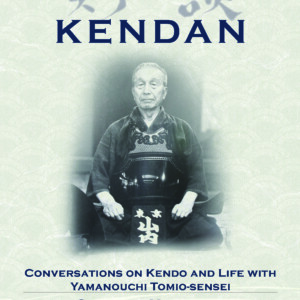

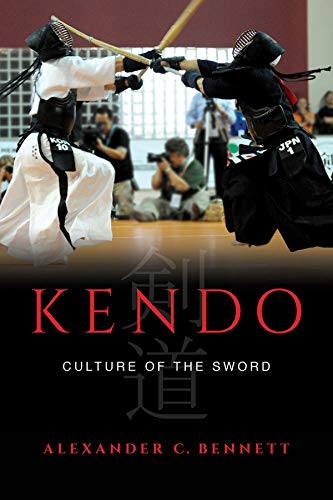

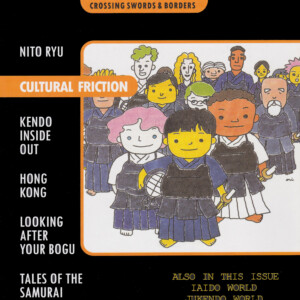

No comments yet.